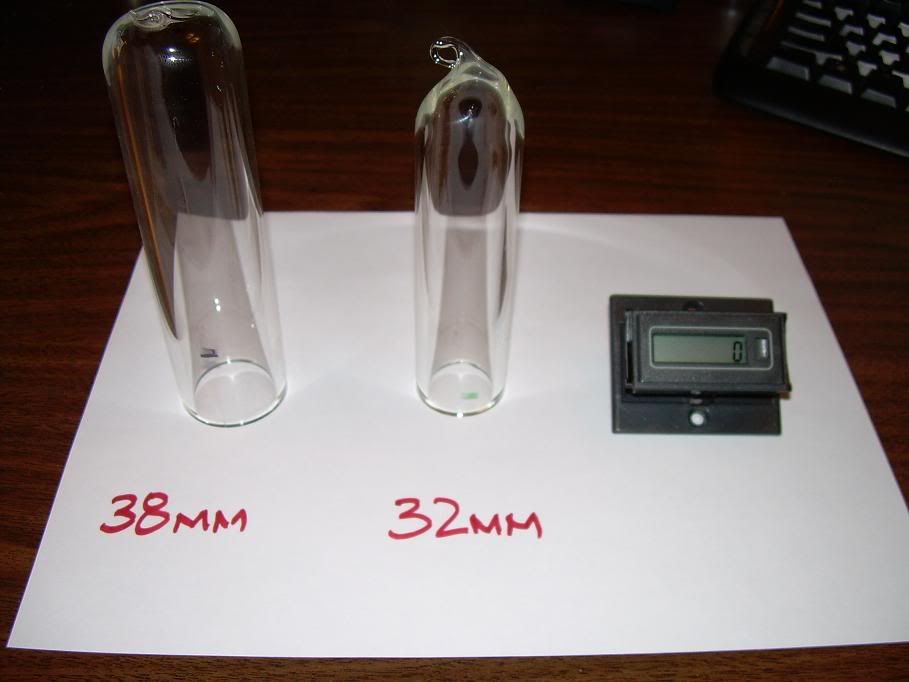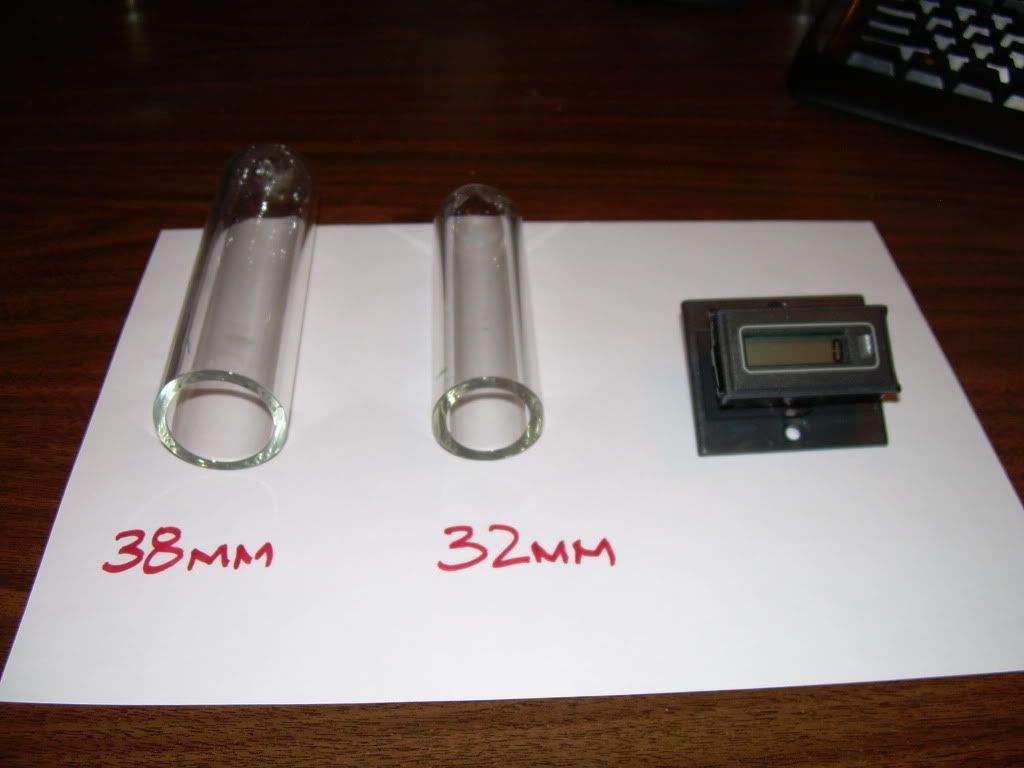Take a Pill Guys
If you recall 20 or 30 pages ago, THE testing to put this matter to bed was going to be performed by Aaron and Peter. This was clearly understood by all, and stated as such. The test protocol etc. was written, test sheets done and then it was a matter of waiting for the scope so the tests could be run. Remember?
Now, if y'all want to replicate, that's fine, but unless everyone uses the exact same circuit and parts, and test protocol, comparisons aren't valid. Capish?
It was clear from the beginning that Aaron's circuit and tests of the RA circuit was the focus. I was simply asking about the progress, and when we can expect to SEE the test results. Aaron and Peter should also write up a conclusion about the results, and denote the test procedure used.
I gather that either the testing is not complete, or the data analysis is still on-going, or both. OK. Thanks for the update.
.99
If you recall 20 or 30 pages ago, THE testing to put this matter to bed was going to be performed by Aaron and Peter. This was clearly understood by all, and stated as such. The test protocol etc. was written, test sheets done and then it was a matter of waiting for the scope so the tests could be run. Remember?
Now, if y'all want to replicate, that's fine, but unless everyone uses the exact same circuit and parts, and test protocol, comparisons aren't valid. Capish?
It was clear from the beginning that Aaron's circuit and tests of the RA circuit was the focus. I was simply asking about the progress, and when we can expect to SEE the test results. Aaron and Peter should also write up a conclusion about the results, and denote the test procedure used.
I gather that either the testing is not complete, or the data analysis is still on-going, or both. OK. Thanks for the update.
.99









Comment